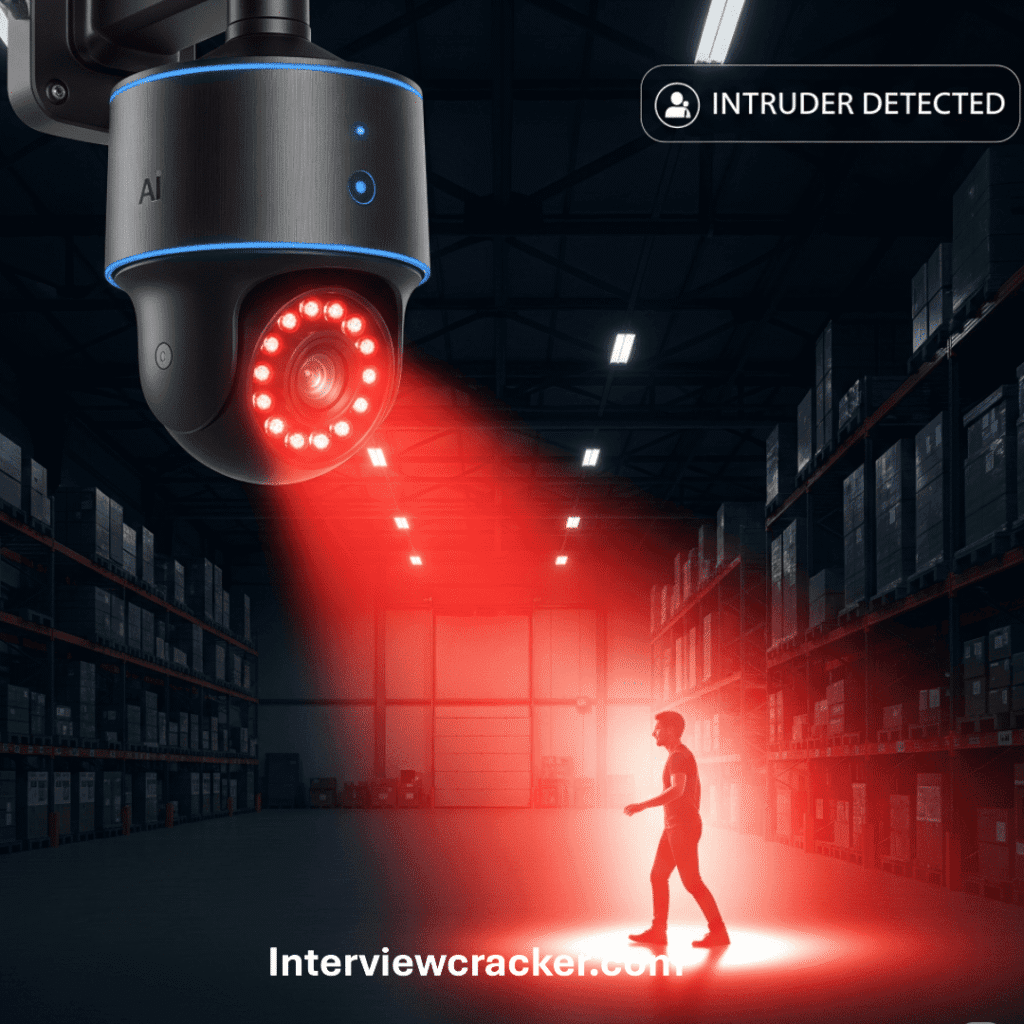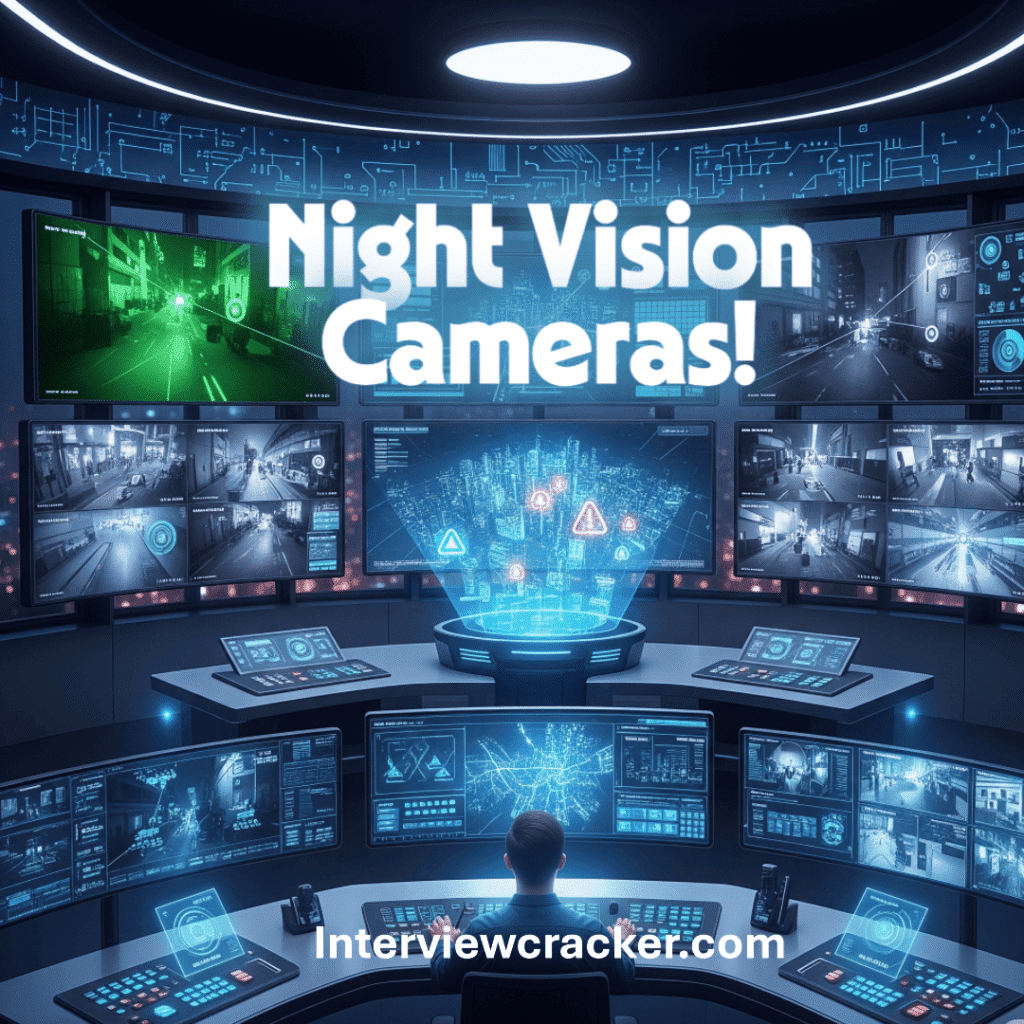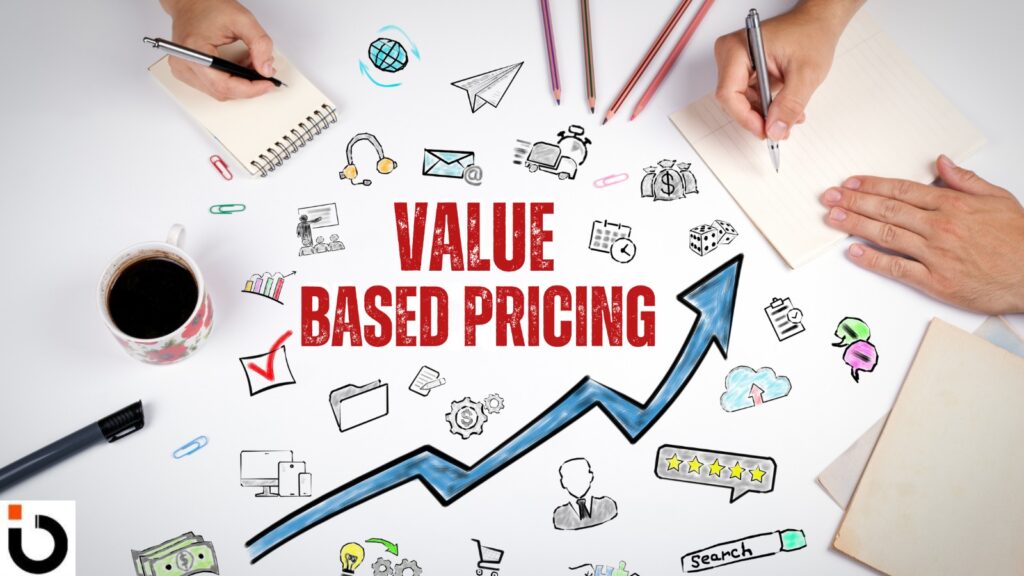Running a business that never sleeps comes with a unique set of challenges. Manufacturing plants, warehouses, hospitals, logistics centers, and even corporate offices with round-the-clock operations must address risks that are often amplified at night. Fatigue, limited supervision, reduced visibility, and heightened security threats can put both employees and assets at risk.
This is where night vision cameras step in as more than just a crime-prevention tool. Companies like Coram are leading the way by offering advanced night vision solutions that not only capture clear footage in low-light conditions but also integrate AI-driven analytics to detect hazards in real time. Today’s systems are transforming workplace safety by helping organizations monitor employee well-being, enhance compliance, and ensure operational continuity during late-night and early-morning hours.
In this article, we’ll explore how businesses leverage night vision cameras across different workplace settings, the specific safety benefits they offer, and how organizations can calculate the real return on investment (ROI) of such systems.
Table of Contents
ToggleWhy Night Vision Matters in 24/7 Operations
Human vision naturally declines in low-light conditions, which is one of the biggest risks for overnight operations. Employees working during night shifts are more likely to face hazards such as tripping, equipment mishandling, or delayed emergency response.
Night vision cameras address this challenge by:
- Enhancing visibility in low-light or zero-light areas.
- Supporting supervisors and safety officers who cannot be physically present everywhere at once.
- Providing evidence in case of workplace incidents or disputes.
- Monitoring employee fatigue and risky behavior without being intrusive.
By creating a safer work environment, night vision surveillance also improves employee morale. Workers feel more secure when they know their safety is being actively protected, even in darker, less populated parts of the workplace.
Workplace Applications of Night Vision Cameras
1. Manufacturing Plants
Manufacturing facilities operate with heavy machinery, hazardous materials, and strict safety protocols. After-hours production runs or overnight shifts heighten the risks because lighting is often dim in certain zones to save costs.
Key Benefits in Manufacturing:
- Accident Prevention: Cameras detect unusual movements, such as workers entering restricted machine zones after hours.
- Monitoring Equipment Safety: Thermal-enabled night vision cameras can identify overheating or smoke before alarms are triggered.
- Compliance: Video records show whether workers are following safety protocols (e.g., wearing helmets and protective gear).
- Emergency Response: If an accident occurs on the factory floor, supervisors can instantly see what happened and direct medical help.
Case Example: A chemical processing plant uses thermal night vision cameras to monitor storage tanks. By detecting abnormal heat signatures at night, the system helped prevent a potential leak that could have endangered workers and the surrounding community.
2. Warehouses and Distribution Centers
Warehouses are highly active at night, especially for e-commerce companies fulfilling orders for next-day delivery. From forklift operations to truck loading, visibility is critical.
Safety Enhancements in Warehouses:
- Forklift Safety: Cameras help monitor zones where forklifts and workers interact, reducing collision risks.
- Fall Detection: With smart analytics, cameras can detect if a worker has fallen in an isolated area.
- Asset Security: Night vision helps prevent theft of inventory or unauthorized access to restricted sections.
- Reduced Insurance Claims: Clear visual evidence lowers disputes over workplace injuries.
Case Example: A logistics warehouse installed AI-enabled night vision cameras that alert supervisors when workers entered high-risk aisles without authorization. Within six months, the company reported a 30% drop in near-miss incidents involving forklifts.
3. Offices with Night Shifts
Corporate offices, IT companies, and customer service centers often operate 24/7 to serve global clients. While the risks may not involve heavy machinery, late-night employee safety is still a priority.
Office-Specific Benefits:
- Parking Lot Safety: Cameras covering outdoor and basement parking deter crimes and help employees feel safer when arriving or leaving late.
- Monitoring Access Points: Night vision ensures only authorized personnel enter offices after hours.
- Employee Well-being: Cameras in cafeterias, rest areas, and corridors allow HR or safety officers to check if employees are unwell or need assistance.
- Emergency Preparedness: In case of fire or medical emergencies, surveillance provides visibility into real-time evacuation progress.
Case Example: An IT company with 2,000 night-shift employees integrated night vision cameras with access control systems. Beyond security, the system flagged incidents where fatigued workers fainted, enabling faster first-aid response.

How Night Vision Cameras Prevent Accidents
Accident prevention is the most tangible value of workplace surveillance. Here are the main ways cameras actively contribute to safer environments:
- Detecting Unsafe Behavior
Cameras can be configured with AI to detect non-compliance, such as workers entering unauthorized zones, removing safety harnesses, or ignoring helmet rules. - Early Hazard Identification
Thermal night vision cameras can pick up overheating motors or unusual sparks in machinery long before human eyes would notice them. - Fall and Injury Alerts
In environments where lone workers operate, cameras can identify falls or prolonged inactivity and trigger alerts to supervisors. - Traffic and Movement Monitoring
In warehouses and plants, cameras track movement of forklifts, trucks, and workers to minimize accidents.
Supporting Investigations
When accidents occur, recordings help identify root causes, which leads to better training and improved safety protocols.
Monitoring Employee Well-Being with Night Vision
Night vision cameras aren’t only about preventing theft or recording incidents. Increasingly, they are being deployed as part of employee well-being strategies.
- Fatigue Monitoring: Employees on long shifts may show signs of drowsiness. AI-integrated cameras can detect micro-sleeps or unsafe posture around machinery.
- Emergency Situations: Cameras identify when a worker is immobile for an unusual amount of time, possibly indicating injury or medical distress.
- Stress Reduction: When employees feel that security is proactive, stress levels reduce. A safer workplace is linked to higher productivity and morale.
Support for Lone Workers: In industries like utilities, construction, or healthcare, lone workers often operate at night. Night vision ensures someone is always watching out for their safety.
ROI and Cost-Benefit Analysis
Many business leaders see night vision cameras as an added expense rather than an investment. However, the numbers tell a different story.
Direct Benefits
- Fewer Accidents = Lower Compensation Costs
Workplace injuries can cost companies thousands in medical expenses, lost productivity, and insurance claims. Preventing even a handful of accidents justifies the investment. - Reduced Theft and Downtime
Night vision protects valuable equipment and inventory, avoiding losses that impact profitability. - Lower Security Staffing Needs
Fewer on-site guards may be required as monitoring shifts to a central control room.
Indirect Benefits
- Improved Employee Retention
Workers who feel safe are more likely to stay in late-shift roles. - Enhanced Employer Branding
Demonstrating commitment to worker safety boosts reputation with clients, employees, and regulators.
Regulatory Compliance
In many industries, safety compliance is audited. Night vision provides a record that proves diligence.
Best Practices for Implementing Night Vision Cameras in Workplaces
- Conduct a Risk Assessment
Identify areas with poor lighting, high accident rates, or sensitive access. - Choose the Right Technology
- Low-light color cameras for offices and general areas.
- Infrared (IR) cameras for warehouses and perimeters.
- Thermal cameras for manufacturing plants with fire or chemical risks.
- Low-light color cameras for offices and general areas.
- Integrate with Other Systems
Link cameras with access control, fire alarms, and employee safety apps for faster responses. - Respect Employee Privacy
Communicate clearly with staff about surveillance goals. Cameras should focus on safety and security, not micromanagement. - Pilot Before Scaling
Test the system in one facility or department, measure incident reduction, then expand.
Review Footage for Training
Use anonymized clips from cameras to train employees on best safety practices.
Challenges and Ethical Considerations
While beneficial, night vision surveillance comes with its own challenges:
- Privacy Concerns: Employees may feel they are being watched unfairly. Transparency is key.
- False Positives: Poorly configured analytics may trigger unnecessary alarms.
- Upfront Costs: Advanced cameras and AI software require capital investment.
Policy Balance: Companies must ensure surveillance is focused on safety, not monitoring productivity in a punitive way.
Future of Workplace Safety with Night Vision Technology
The future of workplace safety will likely integrate AI-powered night vision cameras with predictive analytics. Cameras will not only detect accidents but also anticipate risks before they happen.
- Predictive Maintenance: Cameras identify equipment wear and tear via thermal imaging.
- Health Monitoring: Integration with wearables could correlate employee vitals with video for real-time safety alerts.
- Cloud Integration: Centralized monitoring for multi-site businesses ensures uniform safety standards across geographies.
As workplaces embrace automation and digital transformation, night vision cameras will become a core pillar of “smart safety ecosystems.”
Conclusion
Workplace safety is non-negotiable, especially in businesses that operate around the clock. From manufacturing plants with heavy machinery to warehouses bustling with forklifts and offices with night-shift employees, the risks of reduced visibility cannot be underestimated.
Night vision cameras are more than surveillance tools; they are safety enablers, employee well-being monitors, and strategic investments that pay for themselves by preventing accidents, reducing costs, and enhancing trust.
For companies that want to thrive in a 24/7 world, implementing night vision technology isn’t just about protecting assets; it’s about protecting people and that’s the strongest competitive advantage any business can have.






